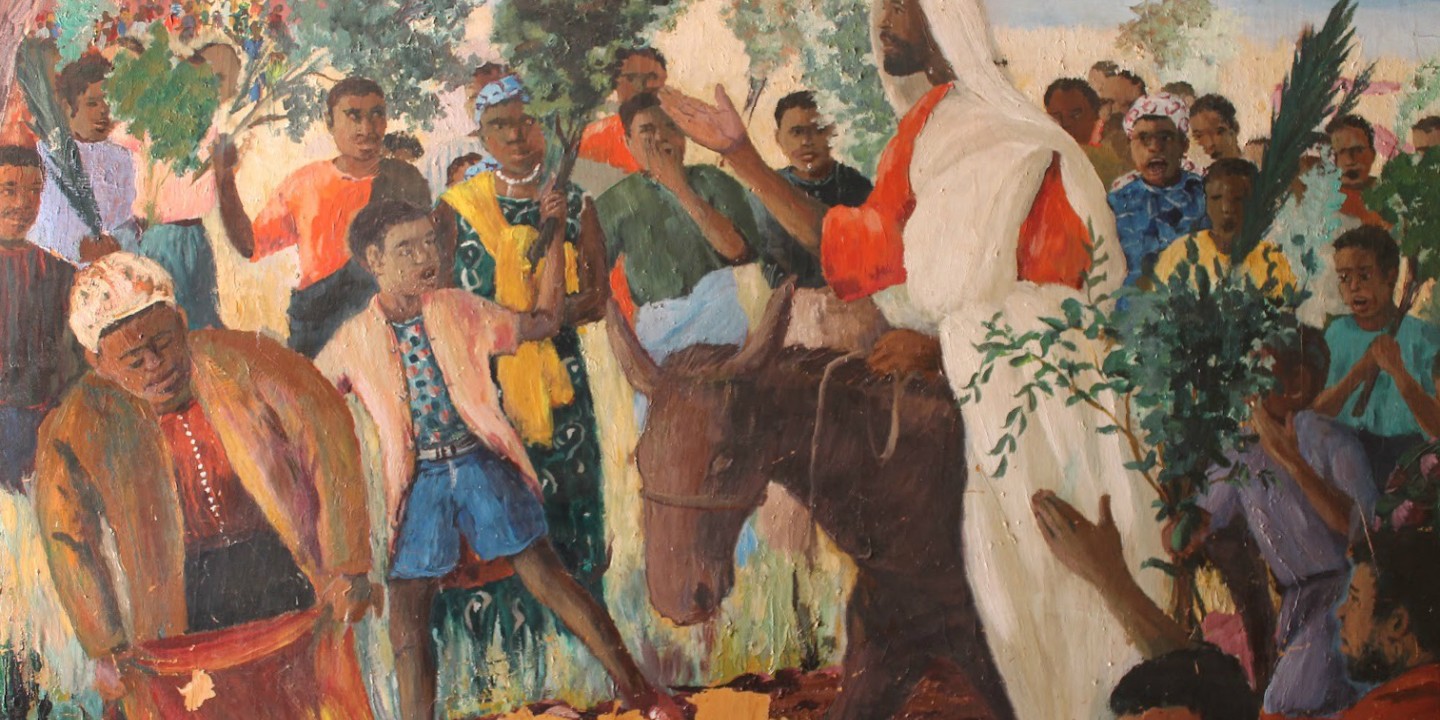
In introductory New Testament courses I challenge seminarians to consider a pair of claims:
- Jesus was crucified for deeds he actually committed.
- The officials who saw to Jesus’ execution were just doing their jobs.
Scholars would find neither declaration provocative. Jesus’ crucifixion makes perfect sense in his cultural context. The twin declarations do unsettle many students, however. The challenge doesn’t rest with them. Seminarians are as bright as ever. The challenge emerges from the ways we talk about Jesus in church: Jesus was righteous, so he must have been innocent.
But does righteousness require innocence?
It does only if we think of righteousness in negative terms, as the absence of something: sin. But this cannot account for the vocation to which God calls the church. Righteousness-as-the-absence-of-sin cannot nourish generosity, kindness, mercy, or curiosity. Recall the fourth beatitude: “Blessed are those who hunger and thirst for justice” (Matthew 5:4, my translation). We do not hunger for the absence of something. Indeed, billions of people live starving for justice right now.
Nor can righteousness negatively conceived account for the heroes of our faith who have gotten into trouble. John Lewis describes this as “good trouble,” the kind he got into over and over again, the kind that almost got him killed in Selma. Mohandas Gandhi, Clarence Jordan, Martin Luther King Jr., Fannie Lou Hamer, and Dietrich Bonhoeffer all encountered good trouble. They all met violence as a result, mostly from the sanctioned authorities of their day.
All four Gospels tell two parallel stories concerning Jesus’ arrest and crucifixion. One story emphasizes Jesus’ innocence. The people who round him up have false motives. The witnesses against Jesus either lie or can’t get their stories straight. Pontius Pilate knows Jesus is innocent but hands him over for crucifixion in order to placate the crowds. That’s the familiar story.
But the other story, running concurrently with the first, emphasizes a chain of predictable events. Mark’s presentation is the simplest, but the basics apply to all four Gospels. Jesus arrives in Jerusalem at Passover time, a time fraught with tension. The festival recalls Israel’s liberation from bondage from a previous overlord. During Passover the city is overcrowded and a bit chaotic. Jesus then initiates two symbolic acts: he organizes a procession into the city that inspires messianic fervor, and he stages some sort of dramatic protest in the temple. Scholars disagree concerning the symbolic import of these acts, but they lead to conflict. One group after another tests Jesus in public. Adding fuel to the flame, Jesus condemns paying taxes to Caesar, albeit with plausible deniability (Mark 12:13–17), and he accuses the temple authorities of devouring widows’ households (12:40–44). Tension mounts, Jesus’ enemies find a way to arrest him, and Jesus is on his way to the cross.
Thus, Jesus dies because of things he actually did, and the authorities—whose primary duty is to maintain order—are just doing their jobs.
Lately I’ve been thinking about how these twin declarations relate to our cultural moment, with its overt attempts to suppress protest. We’ve seen the backlash against football players who have protested police injustices against African Americans by kneeling during the national anthem. Donald Trump has called for the NFL to end their careers. That conflict is only part of a much larger picture. According to the American Civil Liberties Union “nearly 20 states proposed bills in 2017 that would restrict people’s right to protest.” Not all of these bills passed, but their overall import is to make it harder, even dangerous, for people to protest. Some bills would transfer the cost of policing protests to protesters convicted of unlawful assembly or public nuisance. Others threatened up to a year in prison for unlawful assembly convictions. Most chilling, states even considered laws that would protect drivers who struck protestors on highways.
These laws are hardly neutral. They arose in response to the Black Lives Matter protests in Ferguson and elsewhere. They’re meant to make it harder for people of color and their allies to confront injustice in public and compelling ways. Protests against the Trump administration sparked a new wave of proposed anti-protest legislation. The bills aim to silence those who hunger and thirst for justice.
It is far too tempting to identify Jesus directly as a protester. Perhaps he understood his symbolic actions as a form of protest; perhaps his agenda had other dimensions. Nor should we appropriate Jesus to our own causes, as if our concerns were Jesus’ own. Jesus is no meme for our ad campaigns.
But neither should we imagine a disembodied Jesus, far removed from the concerns of his day. Too often our imaginations fail to integrate the Jesus who died for us and rose again with the Jesus who confronted demonic powers, freed people from their infirmities, and established communities of dignity and mutual aid. That Jesus got himself killed through his dramatic behavior. After all, the authorities were just doing their jobs.




